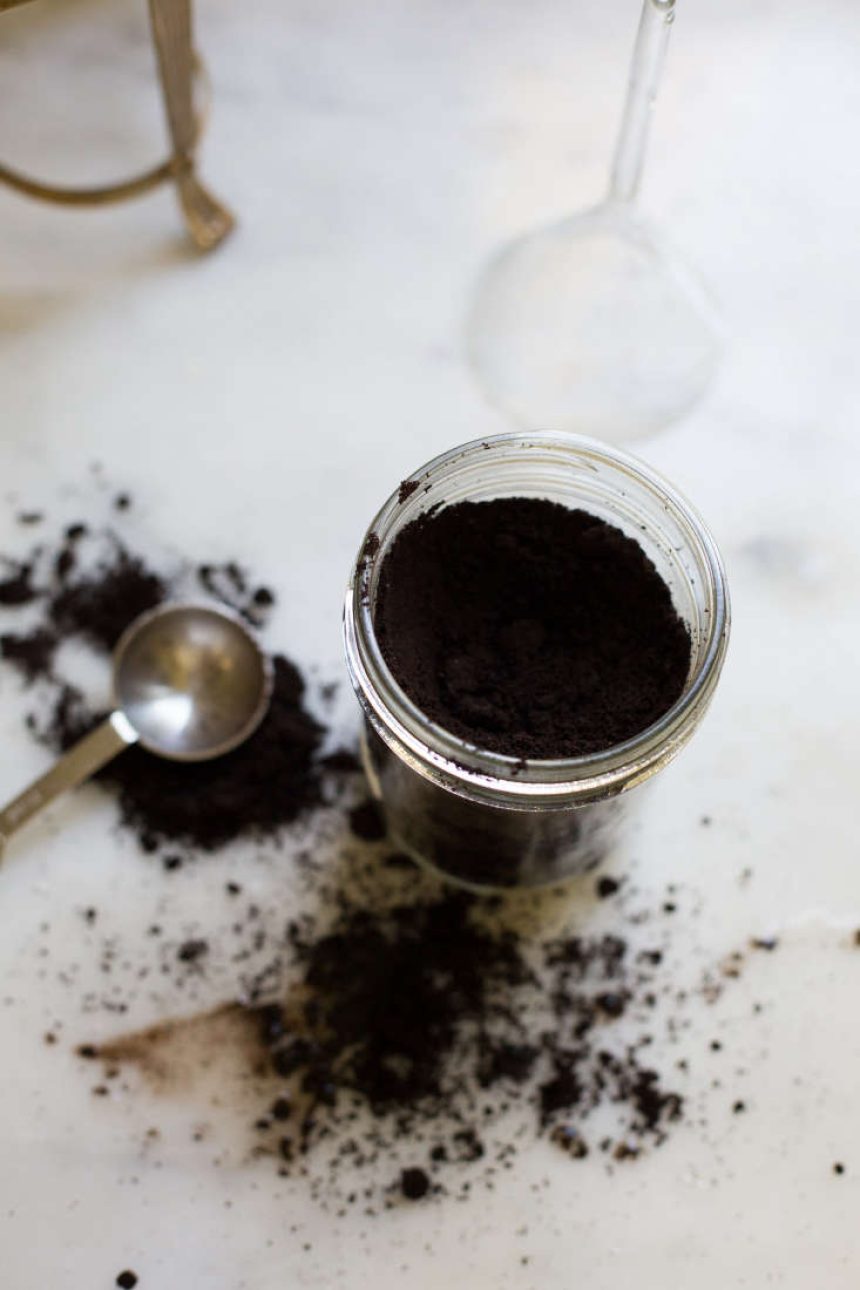If you’re not a paid subscriber to Gardenista and Remodelista, you’re in for a treat this month. Every Sunday until the end of the year, we’re opening up Quick Takes content—normally reserved for subscribers—to everyone. (You can learn more about Quick Takes here. And sign up for a paid subscription by clicking “Join” in the upper right corner of the homepage.)
Today, we’re sharing our Quick Takes experts’ best gardening hacks. Got a slug problem? There’s a fail-proof low-tech solution hiding in your fridge. Want to make your cut flowers last longer? Our pros have just the answer. Interested in planting according to the lunar cycle? At least a few of our experts would say, Go for it!
Read on to learn their favorite tricks for a thriving, pest-free landscape.
For the Soil:
Coffee grounds. I drink a lot of coffee and am able to have a constant supply of fertilizer. Also, cover your perennials with their own dead leaves in the fall to add protection against excessive rainfall and cold weather. —Molly Sedlacek
Using used coffee grounds and fireplace ashes as amendments. —Christopher Crawford
Throwing my coffee grounds out to add acid to our alkaline soil. Also letting the leaves stay in planting beds as mulch. —Christine Ten Eyck
The lasagna layering method for preparing new garden beds has done wonders for our soil condition and backaches. —Alan Calpe
Place pennies alongside your roses for good fortune and health. (The copper from the pennies adds nutrients to the soil and prevents fungus in roses.) —Molly Sedlacek
Plant Tone. Organic fertilizer is something we are using less and less of, but sometimes the soils in these Brooklyn backyards are so depleted of anything organic, that Plant Tone really helps. We discourage people from spreading it around when doing a new plant installation, it tends to shock the plants, but it’s a good thing to add after the plants have taken hold a bit, and mostly in the spring. We stay away from fertilizing in the fall—we don’t want to promote new growth. But, with climate realities sinking in, even the sense of how long to fertilize becomes a challenge. The norms are no longer relevant. —Corwin Green
For the Plants:

My grandmother, who worked on a dairy farm her entire life, would say that the best time to plant flowers is during the waxing moon, which is the time between the new moon and the full moon. And it’s true! When planting seeds I can literally tell they shift in the soil overnight, I used to think it was about gravitational pull, but apparently it is about the increase in light overnight. This increase in light increases sap flow. Farmer’s Almanac promotes that the “the waxing moon is a good time to plant annuals, biennials, and flowering plants that produce above-ground crops.” And I believe them—and I believe my grandma! —Damon Arrington
I’m not entirely sure it actually works but every season, I organize my seed sowing following the lunar calendar—sowing seeds during the new moon phase and avoiding doing so in the last quarter of the month. It feels significant to align my growing to the practices of our ancestors. —Claire Ratinon
The Chelsea chop. Literally hacking some plants can revive them. —Deborah Needleman
A simple “Russian doll” planting technique: Use the dappled shade from your apple tree to grow blueberries, then use the dappled shade from your blueberries to grow alpine strawberries. If you’re still feeling adventurous, add yerba buena (delicious herbal tea) for your final layer. —Christian Douglas
Crates. Upside-down vegetable or other ventilated crates help take the “edge off” sudden downpours/hail/extreme heat. They also help “mark” emerging planted or special areas, can be moved around to suit seasonal needs, and stack well in storage. —Tama Matsuoka Wong

Plunging small pots in large buckets of water through out the summer, it’s the quickest best way to water them. —Butter Wakefield






